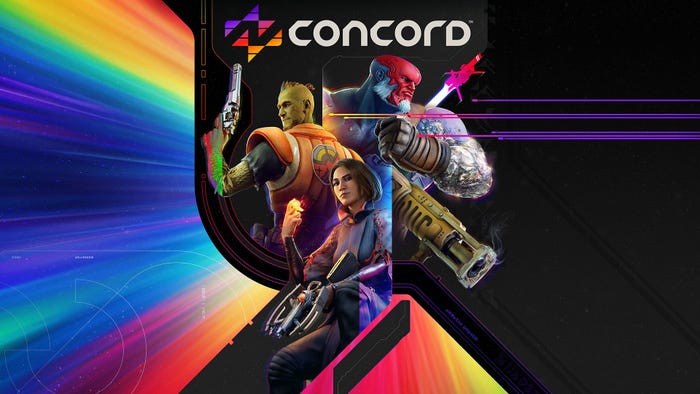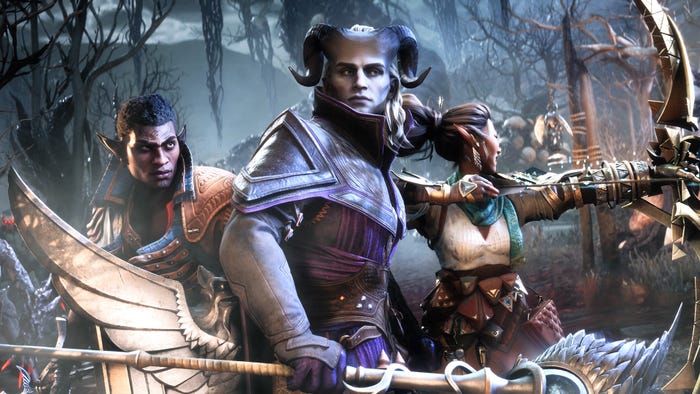Bringing Games Back to the Living Room
This week's blog talks about bringing games back to the living room, and the trend of indie games moving back to a multiplayer focus.

Towerfall, Speed Runners, Sports Friends, Gang Beasts, Toto Temple... heard of these? If not, you should go look them up, pretty much now. These games seem to be at the forefront of a movement, a movement that we here at Clever Endeavour truly believe in. This movement is a shift to bring games back to the living room.

Back in the days of N64, local multiplayer games were all the rage! Okay, so there weren’t consoles connected to the internet at that point, and there weren’t games like League of Legends or Call of Duty to connect us to our friends online. There’s certainly a nostalgia effect to it, but I don’t think it’s just that. I think the N64 games of my childhood actually had some really well designed multiplayer game play. I’m thinking of Goldeneye, Mariokart, Super Smash Bros, etc.

So what happened? Well, in my opinion, the rise of more complex online connections and real-time updates allowed real-time strategy games and MMOs to take off. Beyond this, there were new graphics cards and tech that allowed for much more realistic models and games, so the idea was how to create games that would be as immersive as possible. During this time, games like Mariokart and Smash Bros have always shone through, but there wasn’t a huge focus on creating multiplayer couch experiences.
Enter accessibility! Game engines became practically free, massive banks of 2D and 3D art assets were made readily available, visual coding (coding without the programming language) popped up, and now anyone can make a game. Not everyone can make a game like GTA5, but everyone can make a game of some sort. It just so happens that creating a game that doesn’t need online compatibility and isn’t based on a long cinematic narrative is much easier to do that trying to produce AAA content! The problem here is that we’ve started to see some awful local multiplayer games. Easier to do, more competition, and then visibility becomes the issue. We’ll talk about that in another article though…

So along the path of the rise of indie games, we’re seeing a lot of games pop up (like the games listed in the first sentence of this article) that are focused on local multiplayer, and are actually doing it well. “Well” means thought out with new game mechanics, fresh IP and a focus on the “game” being outside of the TV screen. What Ultimate Chicken Horse tries to do is bring the focus to the players, not the game. The most important thing for us is the interaction that happens on the couch between friends, or even between people who don’t know each other.

I’m certainly not against the idea of extremely immersive single player experiences… in fact I quite like them. But I do think there’s a place in games for simple, fun multiplayer games that can help create quality time between friends and family, and I’m happy that we can (try to) be part of this movement.

You can check out Ultimate Chicken Horse here.
About the Author
You May Also Like








.png?width=700&auto=webp&quality=80&disable=upscale)
.png?width=700&auto=webp&quality=80&disable=upscale)